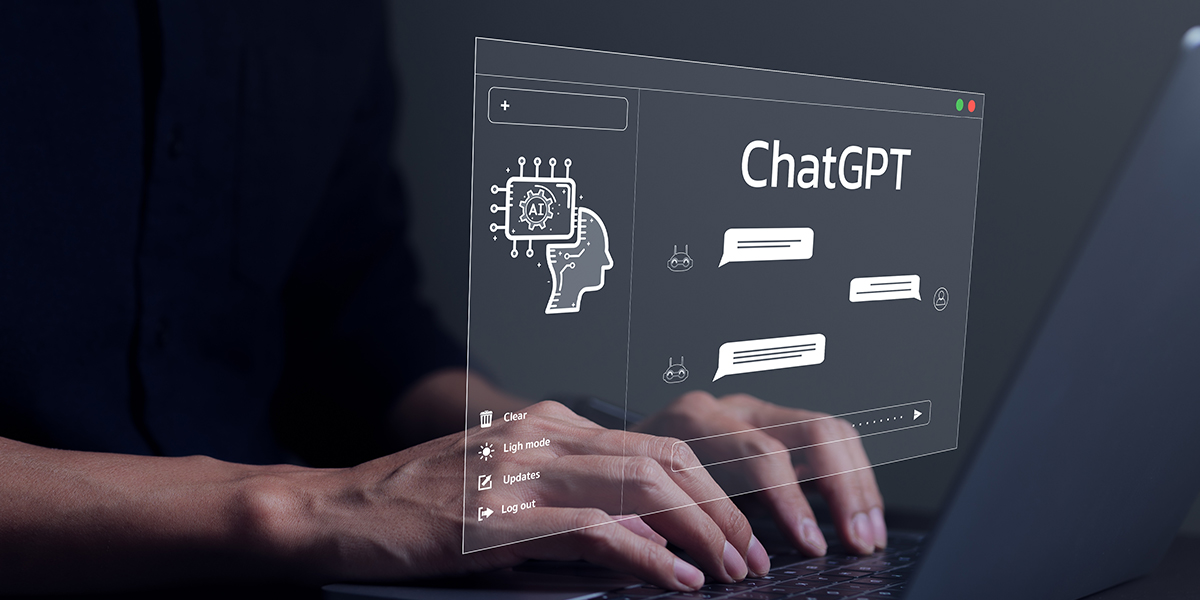
OpenAI has introduced a major new feature that allows users to interact more effectively with external applications directly through ChatGPT’s latest integration. This enhancement features popular platforms such as Spotify, Canva, Figma, and others, successfully embedding ChatGPT’s generative AI capabilities into apps the public uses every day.
Seamless Interaction with Third-Party Apps
OpenAI shared a new video demonstrating the addition of apps to the ChatGPT interface. This new experience grants users the ability to directly utilize ChatGPT’s responses within external app content or converse directly with a specific application.
For instance, in an example provided by OpenAI, a user asked ChatGPT to create a playlist. After the AI generated a specific list of songs, a button appeared on the ChatGPT interface suggesting the user use the content to create a Spotify playlist. Alternatively, users can initiate a direct conversation with a specific app by typing a prompt like, “Spotify, create a 2000s R&B playlist for me featuring top hits only.”
Current Available Integrations
The current list of available apps connected to this experience, while still limited, includes Spotify, Booking.com, Canva, Expedia, Coursera, Figma, and Zillow, according to reporting by 9to5Mac. Although the feature is available across different regions, it currently only functions in English.
This app integration builds upon other direct experiences already available on ChatGPT, such as a shopping feature that provides product recommendations matching user needs along with direct links. Earlier this year, one of ChatGPT’s biggest platform integrations was the addition of free AI image generation powered by its DALL-E model. That update gave users the ability to generate AI images directly on ChatGPT, though initial high traffic later led OpenAI to implement a cap on the number of prompts a user could generate.
Author’s Opinion
The integration of major apps like Spotify and Figma into ChatGPT is a pivotal move that positions the AI as an indispensable operational layer, rather than just a separate communication tool. By enabling users to execute tasks and bridge generative capabilities directly into third-party services, OpenAI is transforming ChatGPT into a de facto AI operating system. This strategy is designed to capture user workflow and ensure that as the world relies more on AI, the vast majority of that activity is funneled through the ChatGPT interface, cementing its role as the central hub for AI utility.
Featured image credit: Netscribes
For more stories like it, click the +Follow button at the top of this page to follow us.
